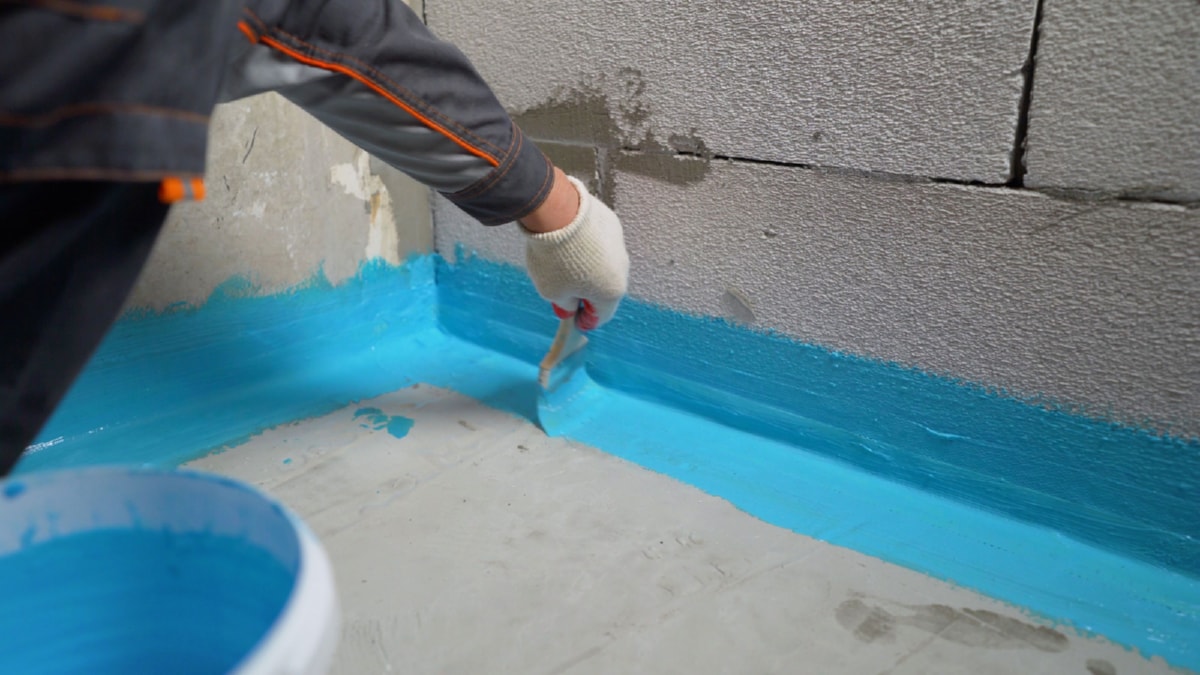The construction industry has long been associated with environmental degradation due to its significant consumption of natural resources and energy. However, with the advent of green building technologies, the narrative is rapidly changing. In the spirit of embracing sustainability, builders, architects, and innovators worldwide are developing and implementing eco-friendly construction techniques. This article delves into the latest trends in green building technologies that are not only revolutionizing the industry but also contributing to a more sustainable future.
One of the most remarkable innovations in green building technology is the use of renewable and recyclable materials. These materials include bamboo, recycled steel, and reclaimed wood, among others. Bamboo, for instance, is gaining popularity due to its quick growth and strength, making it an excellent alternative to slow-growing and often over-harvested hardwoods. Recycled steel is another innovative material that reduces the need for new steel production, which vastly diminishes carbon emissions.
The integration of renewable energy systems within buildings is another trend. Solar panels, for instance, are becoming more common, harnessing the power of the sun to generate electricity and heat water, which significantly reduces utility costs. Wind turbines are also becoming a prevalent feature in skyscrapers, converting wind energy into electricity. Besides, geothermal heat pumps, which leverage the constant temperature of the earth to provide heating and cooling, are also growing in popularity.
Another noteworthy trend is the adoption of energy-efficient technologies. LED lighting, for example, uses less electricity and lasts longer than traditional incandescent bulbs. Similarly, energy-efficient appliances are becoming a standard feature in green buildings. The use of smart thermostats and sensors for controlling heating, cooling, and lighting systems is also on the rise. These technologies not only reduce energy consumption but also enhance the comfort and convenience of building occupants.
Water conservation is another crucial aspect of green building technologies. Rainwater harvesting systems, greywater recycling systems, and water-efficient appliances are some of the methods being employed to reduce water usage. For instance, rainwater harvesting systems collect and store rainwater for use in flushing toilets, irrigating landscapes, and other non-potable uses. Greywater recycling systems, on the other hand, reuse water from sinks, showers, and washing machines for purposes such as toilet flushing and irrigation.
Green roofs and walls are also becoming increasingly popular. These features offer multiple benefits, including reducing heat gain, improving air quality, and enhancing biodiversity. They can also provide aesthetic appeal and recreational spaces. Green roofs, for instance, can be used to grow food, while green walls can serve as air filters, removing pollutants from the air.
The construction industry’s shift towards green building technologies is a testament to its commitment to reducing its environmental impact and enhancing sustainability. These innovations not only offer environmental benefits but also deliver economic advantages, including energy cost savings and increased property values. Furthermore, they enhance the health and wellbeing of building occupants by improving indoor air quality and providing more comfortable living and working environments. Indeed, the future of construction lies in green building technologies, and embracing them is pivotal for a sustainable future.
For more details, check best interlocking services Toronto or visit their business listing here.



